The Solar Impulse is 100% powered by solar energy. It started out from Moffett Airfield near San Francisco Bay and flew day and night relying solely on solar panels and batteries on board. The aircraft reached Phoenix, Arizona on May 4, 18 hours and 18 minutes later. Solely powered by the sun, it has completed the first phase of a journey that will take it across the continental United States from California to the East Coast in New York.
The first leg of the trip took a total of 650 nautical miles at the speed of 40.6 mph. The Solar Impulse flew at an average altitude of 10, 000 feet. The aircraft flew less than half the four-seat propeller powered Cessna 172’s top speed. Its future destinations include New York, Washington D.C., Dallas, and St. Louis. In 2015, the team that is working on this unprecedented project plans to fly across the globe.
Pioneering efforts
The Solar Impulse HB-SIA aircraft flew under the very able hands of pilot Bertrand Piccard. In 1999, Piccard was the first pilot to fly around the world in a hot air balloon. He is involved in this current effort as a co-founder. The CEO of Solar Impulse Andre Borschberg will take the pilot seat in the next leg of the journey from Phoenix to Forth Worth in Dallas, Texas.
Borschberg and Piccard are involved in what they call the Clean Generation Initiative with the aim of encouraging entrepreneurs and policy-makers alike to adopt a more environmental-friendly stance and adopt available sustainable technology.
The Solar Impulse HB-SIA
This unique airplane weighs 3,500 pounds (1.6 tons) and has a wingspan of 208 feet (63 metres) similar to the Airbus A340. The aircraft can carry more than 11,600 solar cells and carries a load of 900 pounds (400 kilograms) of lithium-ion batteries. The Solar Impulse can reach a maximum altitude of 28,000 feet (8,500 metres).
The aircraft’s attempt at a trans-continental zero-fuel aircraft is the first of its kind in the world. And the Solar Impulse is reportedly the prototype airplane that will also attempt a trans-oceanic flight and a circumnavigation.
Unprecedented flight
Solar Impulse took off from San Francisco at 6:12 am local time on May 3 and landed at Sky Harbor Airport in Phoenix, Arizona at 12:30 am local time. Its flight started out from 13:12 GMT Friday until 7:30 GMT Saturday. It flew in the dark for many hours with its propellers run by energy from lithium-ion batteries. The batteries were charged via 12,000 solar cells that have been placed on the aircraft’s stabilizer and both wings.
There have been previous record flights of solar-powered aircraft in the past three years. The first intercontinental flight in a solar-powered craft was completed in 2012. The first international flight was accomplished in 2012 while the first night flight happened in 2010.
After Dallas, the Solar Impulse is scheduled to fly to St. Louis Lambert Airport in early June. The fourth leg of its journey will take it from there to Dulles Airport in Washington DC. And by July 2013, it would fly from Dulles to JFK in New York for the last leg of its transcontinental flight.

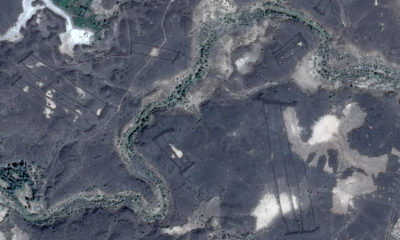
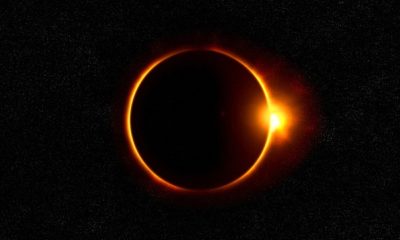


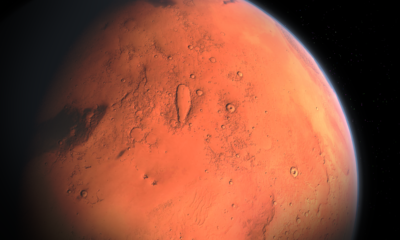
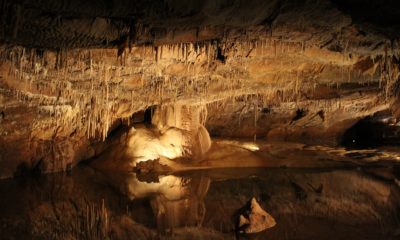


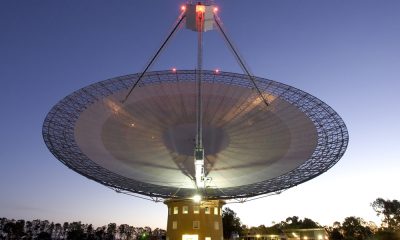





Facebook
Twitter
Pinterest
Google+
LinkedIn
Email